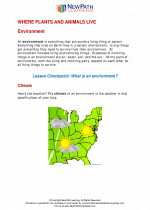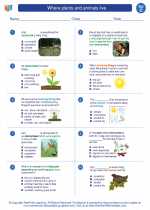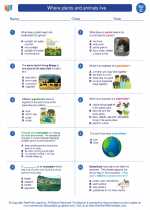Plate Boundaries
Plate boundaries are the borders where tectonic plates meet. There are three main types of plate boundaries: divergent boundaries, convergent boundaries, and transform boundaries.
Divergent Boundaries
Divergent boundaries occur where tectonic plates move away from each other. This typically happens at mid-ocean ridges where new oceanic crust is formed as magma rises from the mantle and solidifies. As the plates move apart, they create a gap which is filled by molten rock, leading to the formation of new crust.
Convergent Boundaries
Convergent boundaries occur where tectonic plates move towards each other. When two plates collide, one plate is forced beneath the other in a process called subduction. This can lead to the formation of mountain ranges, volcanic arcs, and deep ocean trenches. Depending on the types of plates involved, convergent boundaries can be oceanic-oceanic, oceanic-continental, or continental-continental.
Transform Boundaries
Transform boundaries occur where tectonic plates slide past each other horizontally. This movement can cause earthquakes as the plates grind against each other. The most famous example of a transform boundary is the San Andreas Fault in California.
Study Guide
- What are the three main types of plate boundaries? Divergent, convergent, and transform boundaries
- Where does new oceanic crust form? At divergent boundaries, typically at mid-ocean ridges
- What is subduction? The process where one tectonic plate is forced beneath another at a convergent boundary
- What geological features can form at convergent boundaries? Mountain ranges, volcanic arcs, and deep ocean trenches
- What kind of movement occurs at transform boundaries? Horizontal sliding past each other, leading to earthquakes
◂Science Worksheets and Study Guides Third Grade. Where plants and animals live

 Worksheet/Answer key
Worksheet/Answer key
 Worksheet/Answer key
Worksheet/Answer key
 Worksheet/Answer key
Worksheet/Answer key
 Vocabulary/Answer key
Vocabulary/Answer key
 Vocabulary/Answer key
Vocabulary/Answer key
